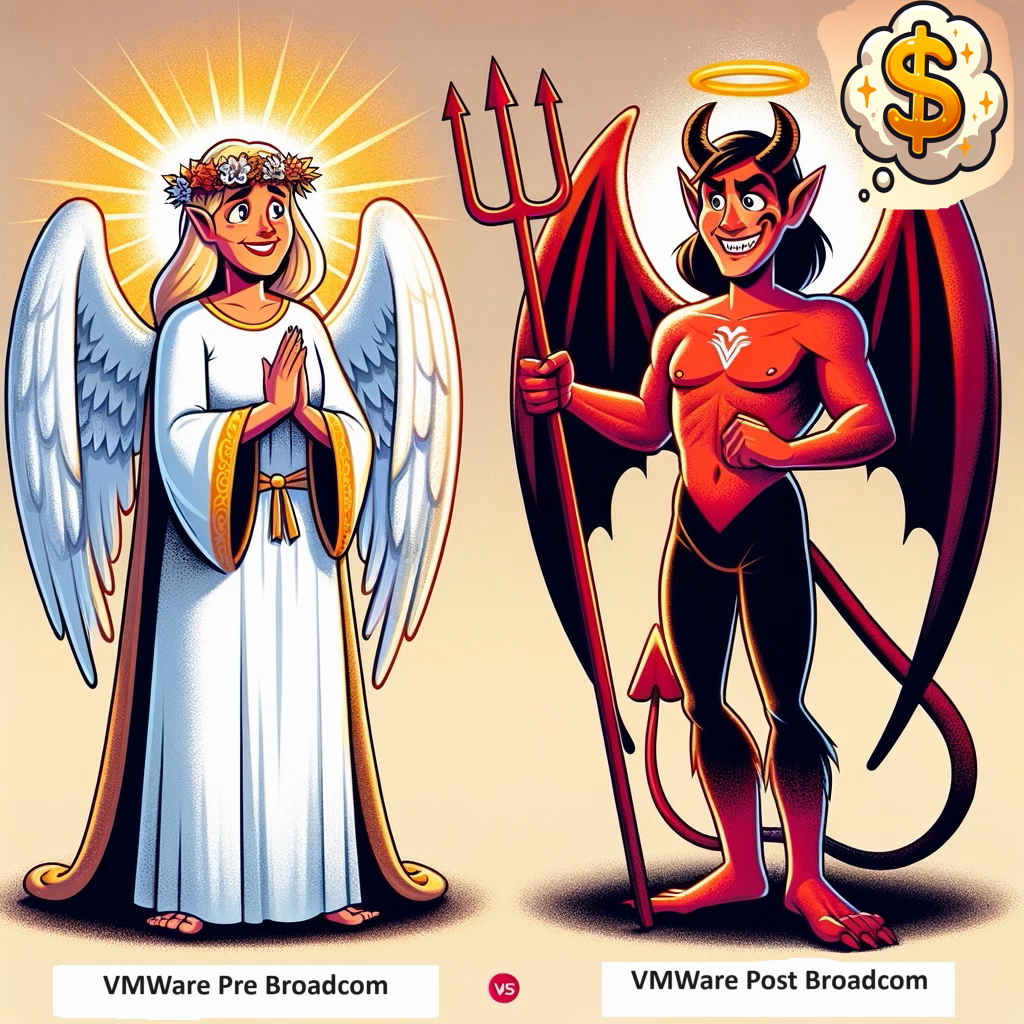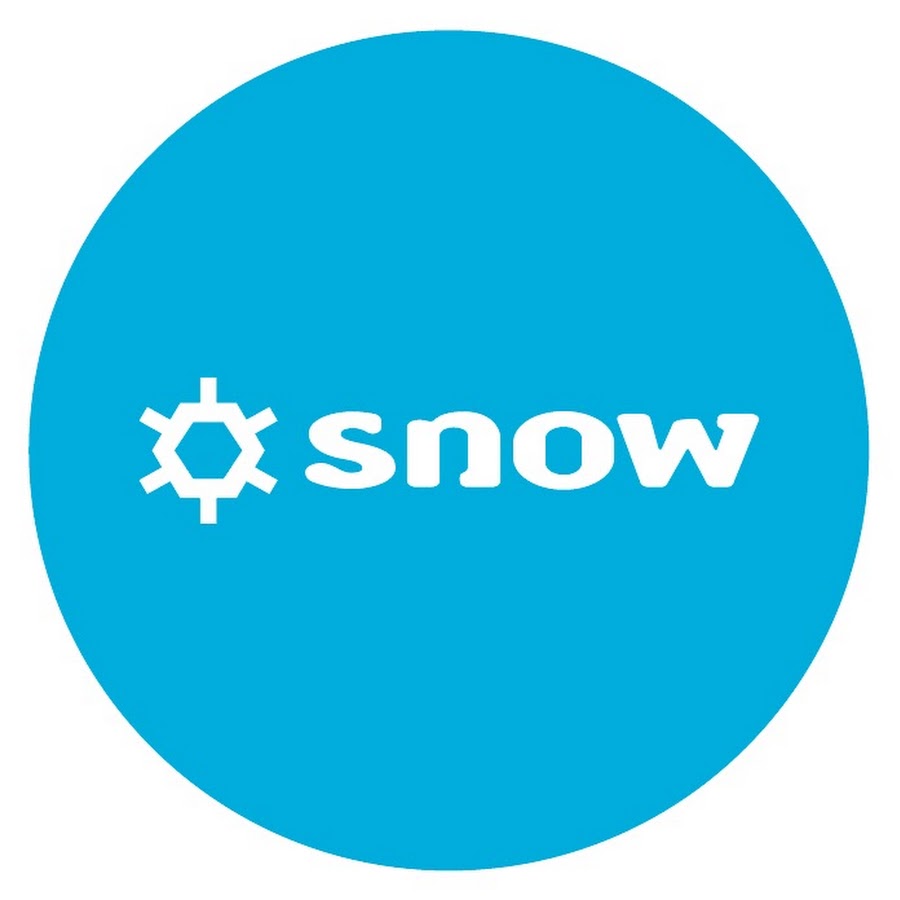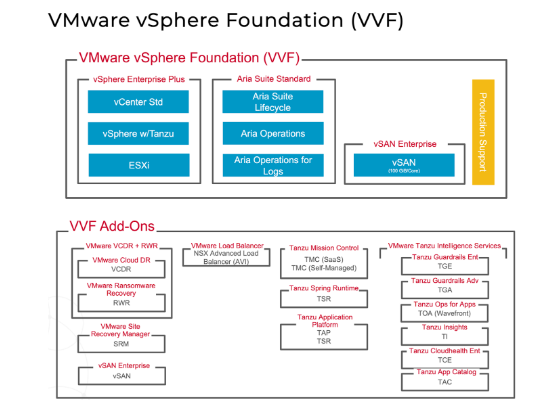Leveraging VMware Licensing Shift to Lower TCO and Boost Agility
Late-2023 pricing and support changes from VMware have unsettled enterprise budgets and roadmaps. Savvy leaders treat this disruption as a catalyst for modernization—exiting vendor lock-in, compressing total cost of ownership (TCO), and supercharging delivery velocity without sacrificing security or compliance.
Executive Summary
- Financial leverage: Renegotiate VMware contracts or diversify to Nutanix AHV, Azure Stack HCI, AWS, Azure, GCP, and Proxmox to reduce TCO by 15–25% over three years.
- Dual-track modernization: Fast-track lift-and-shift for high-risk workloads while refactoring revenue-critical applications to microservices for agility.
- Measurable outcomes: Institutionalize FinOps (unit cost per VM, budget variance <5%), DevSecOps (lead time <1 day, security vulnerability closure <48 hours), and Zero Trust (automated MFA across 100% of endpoints).
- Concrete metrics: Achieve a 20% reduction in incident rate, 30% faster deployment cycles, and complete ROI proof within 6–12 months.
Market Context & Business Opportunity
According to a Gartner Peer Community survey, 45% of VMware customers are evaluating alternative virtualization platforms. Major cloud providers offer migration tools and landing-zone credits—AWS Migration Hub, Azure Migrate, GCP Velostrata—while on-premises hyperconverged players like Nutanix AHV and Dell EMC VxRail include supportive licensing. Open-source distributions such as Proxmox deliver enterprise-grade KVM with support SLAs from €700 per host annually.

Example: Acme Financial Services replaced 200 VMware hosts with Azure Stack HCI clusters, realizing a 22% TCO reduction in year one and cutting patch cycles from 3 days to under 4 hours via automated CI/CD pipelines.

Operating Model Upgrade: From Migration to Modernization
- Portfolio triage: Classify 150+ applications by revenue impact, technical debt, and compliance risk. Prioritize 20 Tier-1 systems for immediate migration or refactoring.
- Landing zone design:
- HCI for regulated workloads—Dell EMC VxRail with VMware Cloud Foundation or Nutanix AHV to preserve on-prem control.
- Public cloud for burst capacity—AWS Landing Zone or Azure Enterprise Scaffold with Terraform and Azure DevOps.
- Open-source for non-critical workloads—Proxmox clusters with Ceph storage and Ansible automation.
- Security & resilience: Embed Palo Alto Prisma Cloud for container security, implement Zero Trust via Zscaler Private Access, and enable automated observability with Datadog or Splunk.
- Financial governance: Deploy FinOps tools like Apptio Cloudability to track cost per workload, rightsizing opportunities, and commitment utilization weekly.
90-Day De-Risk & Realize Value Plan
Our week-by-week roadmap balances speed with risk management. Each phase includes owners, success/failure criteria, and rollback clauses to existing VMware clusters.

Weeks 1–4: Discovery & Prioritization
- Owner: CIO Office & Modernization Lead (e.g., Jane Smith)
- Milestones: Complete automated inventory (Turbonomic or VMware vRealize), dependency mapping (Dynatrace), and business-aligned prioritization matrix.
- Success Criteria: 100% of apps cataloged, Top-20 Tier-1 identified, executive sign-off.
- Failure Criteria: <75% inventory coverage or no sign-off—trigger 1-month extension or revert to existing support terms.
- Rollback Clause: Freeze new migrations; continue support under current VMware contract.
Weeks 5–8: Pilot & Architecture Validation
- Owner: Platform Engineering & Security Lead
- Milestones:
- Deploy HCI pilot (2 Nutanix AHV nodes) and AWS landing zone (Terraform + AWS Control Tower).
- Run lift-and-shift of 3 non-critical VMs and refactor one API-driven service to Azure Kubernetes Service.
- Success Criteria: <5% performance regression, CI/CD pipelines (Jenkins or GitLab CI) run end-to-end, security scan pass rate >95%.
- Failure Criteria: >10% latency increase or >2 critical security findings—pause expansion and troubleshoot within 2 weeks.
- Rollback Clause: Redeploy impacted workloads back to VMware vSphere cluster under support SLA.
Weeks 9–12: Scale-Out & Guardrail Implementation
- Owner: DevSecOps & FinOps Leads
- Milestones:
- Extend migration to 10 additional Tier-2 workloads.
- Implement Zero Trust policies (IAM via Okta, network segmentation via Palo Alto).
- Launch FinOps dashboard (unit cost per workload, budget variance alerts).
- Success Criteria: Migration throughput >5 VMs/day, deployment lead time <8 hours, cost per VM <90% of baseline.
- Failure Criteria: >7 days to onboard new workloads or budget overrun >10%—activate rollback for exceeding clusters.
- Rollback Clause: Engage VMware renewal negotiation leveraging pilot metrics as leverage.
Key Performance Indicators
- Deployment Lead Time: Target <1 day vs. baseline 3 days.
- Incident Rate: Reduce by 20% within 6 months.
- Cost per Workload: Achieve 15–25% TCO reduction in Year 1.
- Security Closure Time: Patch and fix vulnerabilities in <48 hours.
- Budget Variance: Maintain <5% monthly variance.
Next Steps & Call to Action
Business leaders can capitalize on VMware’s licensing shift today. Schedule a 30-minute briefing with our Modernization Advisors to:
- Quantify your potential TCO savings and ROI.
- Review a customized 90-day blueprint.
- Access a turnkey reference architecture and vendor proposal templates.
Leave a Reply